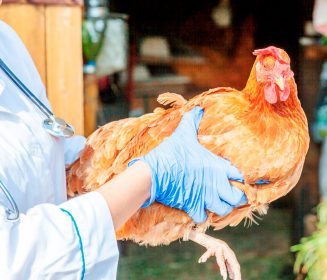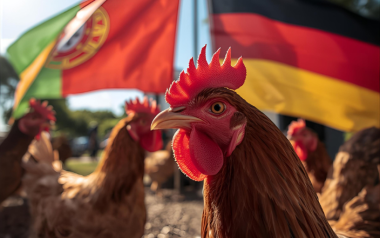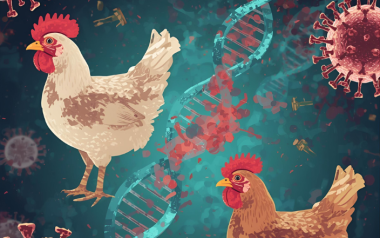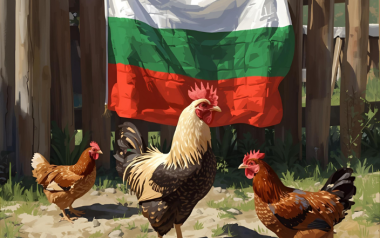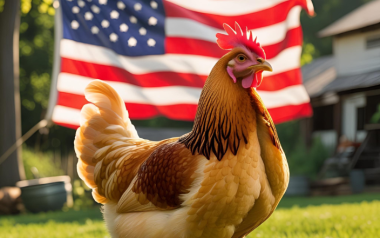Sources: Available upon request.
06 Dec 2024
New approaches required to manage IBD in poultry
Infectious Bursal Disease (IBD), caused by the Infectious Bursal Disease Virus (IBDV), poses a significant threat to the global poultry industry.
Infectious Bursal Disease (IBD), caused by the Infectious Bursal Disease Virus (IBDV), poses a significant threat to the global poultry industry. This disease primarily targets the immune system of chickens, weakening their ability to resist infections and respond effectively to vaccines. As the virus continues to evolve, new strategies are essential to control its spread and mitigate its impact on poultry health and production.
Understanding IBDV and its impact
IBDV damages the bursa of Fabricius, an essential organ in the immune system of birds. This damage leads to immunosuppression, making chickens more susceptible to other infections and reducing the effectiveness of vaccinations. The virus has various strains, including very virulent (vv) strains that cause severe outbreaks, leading to high mortality rates and significant economic losses.
Current challenges in controlling IBDV
One of the primary challenges in controlling IBDV is its ability to mutate and adapt. Recent studies have shown that the virus can undergo genetic reassortment, leading to the emergence of new strains. This genetic variability complicates the development of effective vaccines and control measures. Additionally, co-infection with vaccine strains has been observed, indicating that the virus can adapt and change even in vaccinated populations.
New strategies for effective control
- Genomic surveillance: Implementing comprehensive genomic surveillance programs is crucial for monitoring the evolution of IBDV. By sequencing the virus’s genome from various samples, researchers can track genetic changes and identify emerging strains. This information is vital for updating vaccines and developing targeted control strategies.
- Vaccine efficacy studies: Conducting regular vaccine efficacy studies helps ensure that current vaccines remain effective against circulating strains. These studies should focus on understanding how genetic variations in the virus impact vaccine performance and identifying potential gaps in immunity.
- Immunological assessments: Assessing the immune response of chickens to different IBDV strains can provide insights into the virus’s impact on the immune system. This knowledge can guide the development of vaccines that elicit a robust and long-lasting immune response.
- Rotation of vaccine strains: Rotating different vaccine strains can help prevent the virus from adapting to a single vaccine. This strategy involves using a combination of immune-complex and vector vaccines to provide broad protection against various IBDV strains.
- Biosecurity measures: Enhancing biosecurity measures on poultry farms is essential to prevent the introduction and spread of IBDV. This includes strict hygiene practices, controlling the movement of people and equipment, and implementing quarantine protocols for new birds.
Conclusion
Controlling IBDV is critical for the sustainability of the poultry industry. By adopting a multifaceted approach that includes genomic surveillance, vaccine efficacy studies, immunological assessments, and robust biosecurity measures, the industry can better manage the evolving threat of IBDV. These strategies will help protect poultry health, ensure food security, and support the economic stability of the global poultry sector.








